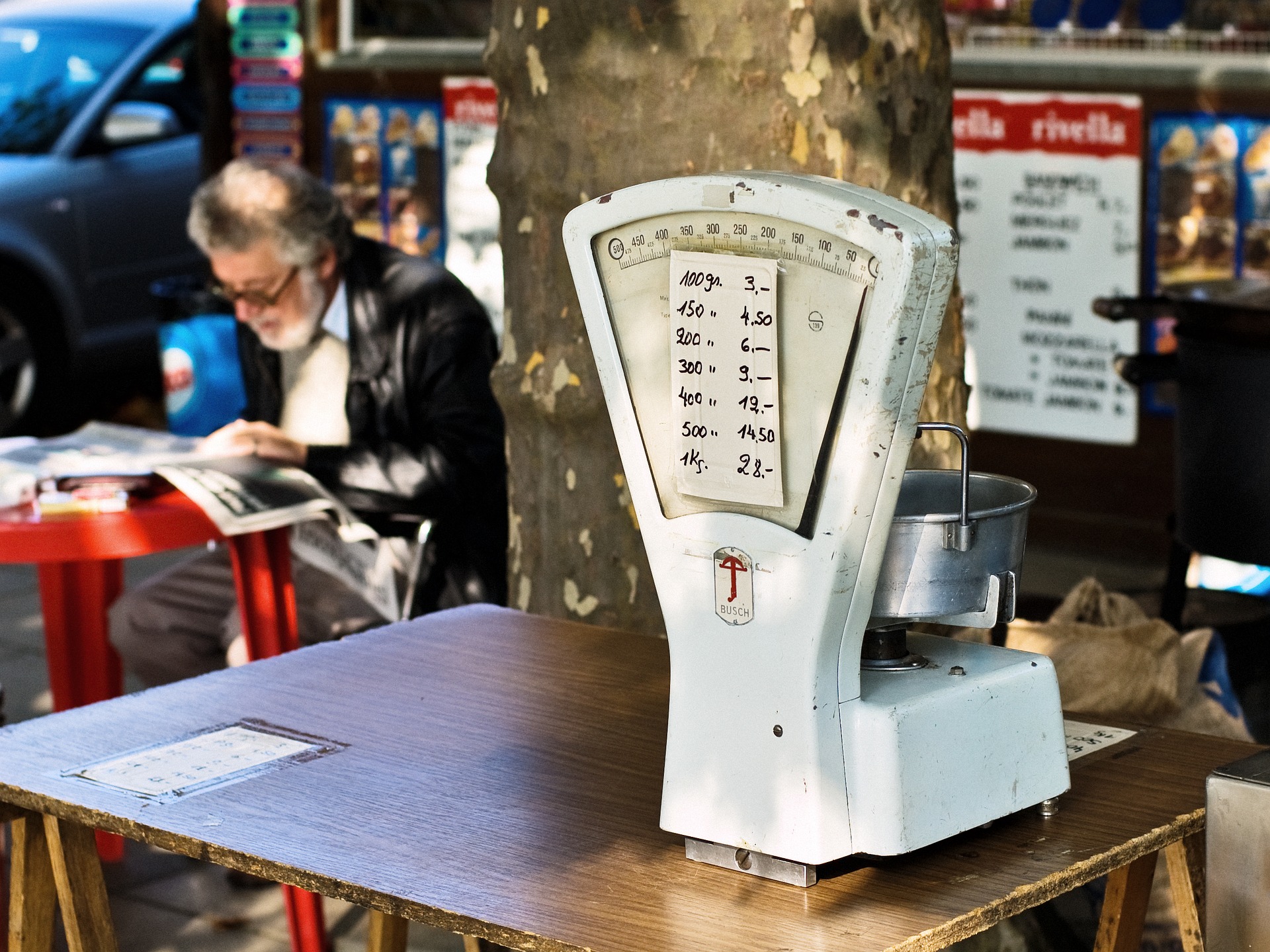The ebb and flow of the markets provide many opportunities to make money. The goal is to consistently generate gains and limit your losses. There are several factors that affect trading decisions. New information, which could include economic data, or an earnings release will change the course of the markets. While there are a number of factors that will alter the price of an asset in the long term, the most common driver of short-term changes is sentiment.
Market Sentiment:
The price of security is based on supply and demand. At each price level, the market is attempting to determine if supply and demand are in balance. When supply and demand are at equilibrium, sentiment becomes neutral and prices trade sideways. Sentiment will determine how a market reacts to any given price level. Measuring sentiment is an important tool that can help you determine if prices are at equilibrium or not. Many investors measure sentiment using a technical indicator such as the relative strength index, but you can also use market psychology to determine how others feel about the future direction of a security or currency pair.
How to Measure Sentiment:
Sentiment analysis uses several factors. This could include economic events, political events, as well as changes to the price of a security. Sentiment includes both fundamental and technical issues and measures how the market feels toward a currency pair or commodity. One way that investors measure the fear in the US stock market is to evaluate the levels of the VIX volatility index. Any volatility index on a specific asset would measure the same market psychology. When the VIX rises, options traders are more concerned about large moves due to fear. When the VIX declines complacency sets in.
New Information:
There is a prevailing thought that all the available information is incorporated into the price of a security. Since the markets are efficient, any new information is immediately priced into security. New information usually changes the price but might not change whether security will trade into a different range. When prices move from one range to another, there is generally a shift in sentiment which could further induce the price to continue to trend.
New information is either expected or unexpected. Expected news can be priced in or not. For example, ahead of an economic release, economists will estimate the outcome. The average estimate is likely priced into every security. If the actual release is different from the expected release, the value of the security will change to reflect the new information. While the moves following expected news can be volatile, the fact that news is expected allows traders to be ready. Unexpected news can cause significant volatility. For example, if a war breaks out or currency is devalued, the reverberations can be extreme. When you trade the markets, you need to be aware that you are taking a risk, and you need to be aware of how to handle unexpected news if it arises.
Read Also:






















